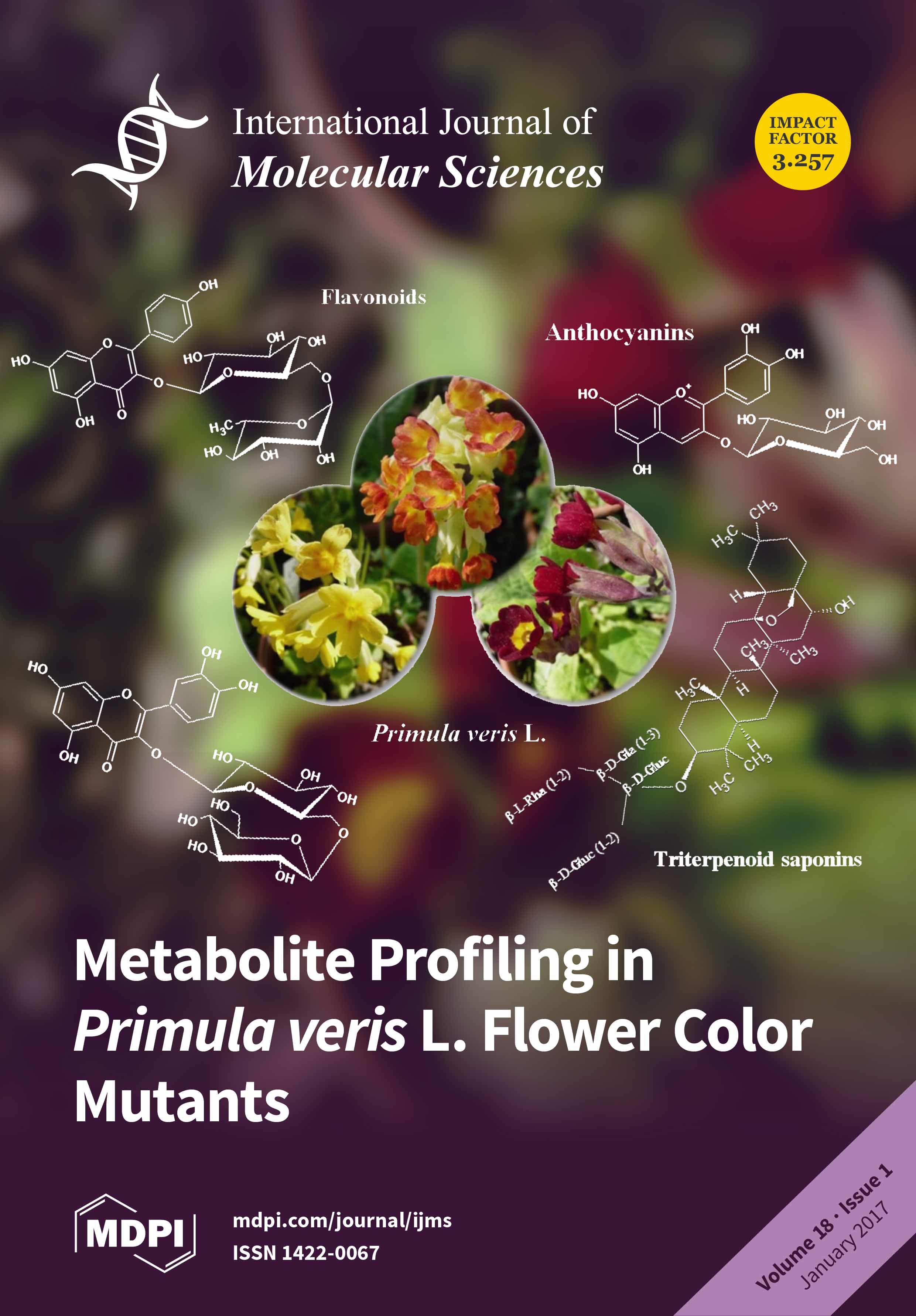Open AccessReview
The Potential of Targeting Ribosome Biogenesis in High-Grade Serous Ovarian Cancer
by
Shunfei Yan 1,2,†, Daniel Frank 1,3,†, Jinbae Son 1,2, Katherine M. Hannan 3,4, Ross D. Hannan 1,2,3,4,5,6, Keefe T. Chan 1, Richard B. Pearson 1,2,3,5,* and Elaine Sanij 1,7,*
1
Research Division, Peter MacCallum Cancer Centre, Melbourne, VIC 3000, Australia
2
Sir Peter MacCallum Department of Oncology, The University of Melbourne, Parkville, VIC 3010, Australia
3
Department of Biochemistry and Molecular Biology, University of Melbourne, Parkville, VIC 3010, Australia
4
The John Curtin School of Medical Research, The Australian National University, Canberra, ACT 2601, Australia
5
Department of Biochemistry and Molecular Biology, Monash University, Clayton, VIC 3168, Australia
6
School of Biomedical Sciences, University of Queensland, Brisbane, QLD 4072, Australia
7
Department of Pathology, University of Melbourne, Parkville, VIC 3010, Australia
†
These authors contributed equally to the work.
Cited by 22 | Viewed by 10007
Abstract
Overall survival for patients with ovarian cancer (OC) has shown little improvement for decades meaning new therapeutic options are critical. OC comprises multiple histological subtypes, of which the most common and aggressive subtype is high-grade serous ovarian cancer (HGSOC). HGSOC is characterized by
[...] Read more.
Overall survival for patients with ovarian cancer (OC) has shown little improvement for decades meaning new therapeutic options are critical. OC comprises multiple histological subtypes, of which the most common and aggressive subtype is high-grade serous ovarian cancer (HGSOC). HGSOC is characterized by genomic structural variations with relatively few recurrent somatic mutations or dominantly acting oncogenes that can be targeted for the development of novel therapies. However, deregulation of pathways controlling homologous recombination (HR) and ribosome biogenesis has been observed in a high proportion of HGSOC, raising the possibility that targeting these basic cellular processes may provide improved patient outcomes. The poly (ADP-ribose) polymerase (PARP) inhibitor olaparib has been approved to treat women with defects in HR due to germline
BRCA mutations. Recent evidence demonstrated the efficacy of targeting ribosome biogenesis with the specific inhibitor of ribosomal RNA synthesis, CX-5461 in v-myc avian myelocytomatosis viral oncogene homolog (MYC)-driven haematological and prostate cancers. CX-5461 has now progressed to a phase I clinical trial in patients with haematological malignancies and phase I/II trial in breast cancer. Here we review the currently available targeted therapies for HGSOC and discuss the potential of targeting ribosome biogenesis as a novel therapeutic approach against HGSOC.
Full article
►▼
Show Figures






